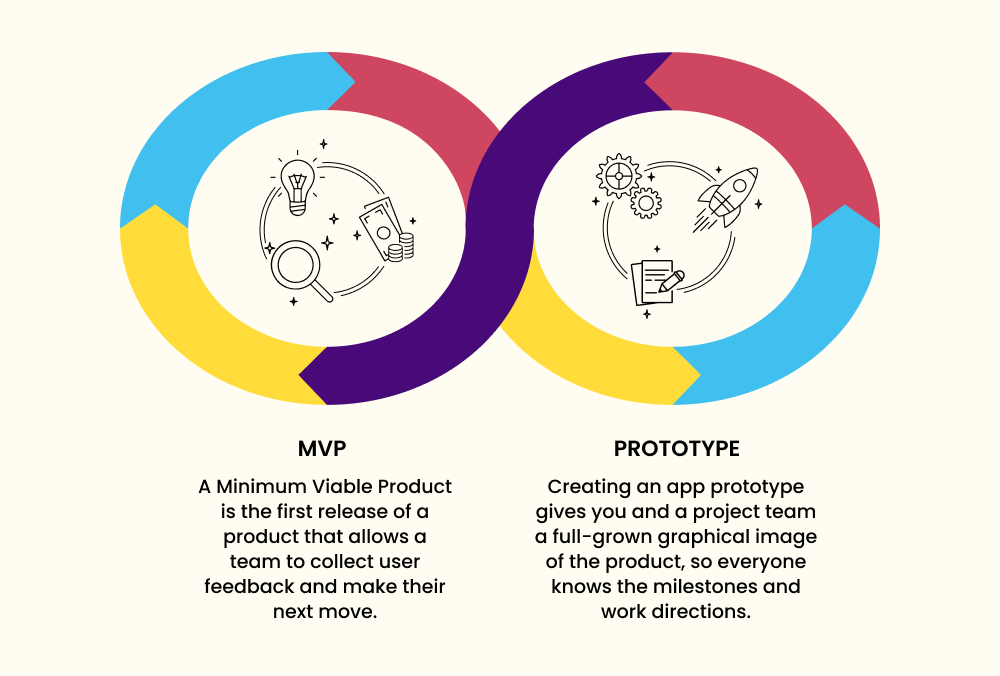MVP vs Prototype – which one do you need for your project?

Going from vision to the development of the final digital product requires many phases. However, the way you create the first version of your application will determine your further success. That’s why choosing the best method for your product’s early launch is so crucial. Let’s discover the difference between a Minimum Viable Product (MVP) and a prototype, and determine which one is better for your project.
Why do you need an MVP or a prototype?
Why do you need an MVP or a prototype? Isn’t it better to create an application from A to Z, and then release it? If you choose this option, there’s always a risk that the results differ from the initial vision. What if the app’s users won’t like it? Or, when it turns out some functions don’t work correctly? As you can see, testing your idea for an app halfway is the best way to prevent failure. Here, prototypes, as well as Minimum Viable Products, come in handy.
MVP vs Prototype: What’s the difference?
Both an MVP and a prototype are early versions of your digital product. Yet, is there any difference? Even though these terms may be treated as synonyms, they are not the same. MVPs and prototypes differ in terms of purposes, scopes, and audiences. However, which one should you choose for your IT project? Let’s take a look at the core distinction between these two:

Prototypes
A prototype focuses on architecture, user interface, and the whole design of your future application or website. In a nutshell, it is the visual demonstration of a product that doesn’t actually work. It aims to show not only the design elements of the final product but also the whole feeling when using it, represented as user flows. While building an application or website prototype, it’s necessary to focus on the design and UI (User Interface) aspects, but also on the interactivity.
Here are the main reasons to use a prototype:
- Gathering early feedback from stakeholders.
- Prototypes can be used as a form of presentation of your idea for investors in order to receive funds for product development.
- Gaining a better understanding of users’ behavior and detecting design errors that may be costly.
- Prototyping is especially useful when developing complex projects. There is no need for building a prototype when you are working on developing an uncomplicated product or adding extra features to already existing systems.
- Better communication with your design and engineering teams.
The idea behind prototyping is to turn an idea into a working product. So designers come up with a product sample and then adapt it during the following development stages before achieving the final digital product.
Find out more information on digital prototyping here >>
Our tip: What differentiates a prototype from other visualization methods, for example, a mockup, is the fact that it provides not just the look but also the feel of the product.
Minimum Viable Products (MVP)
An MVP refers to a minimum viable product, which means a ready-made, basic form of an application or a website with all the fundamental elements. Building a digital product with minimal functionality is an excellent idea for every startup. In comparison to a prototype, an MVP is something more than just a visual demonstration. Even though a product doesn’t have any extra features yet, it has got fully-fledged main functionality.
Here are the main reasons to use an MVP:
- Collecting valuable users’ opinions, which gives you the scope to improve the product in the future.
- Launching a valuable product fast helps to avoid further disappointment. You don’t have to worry about investing time in a complex application with no value to the target audience.
- Once you develop MVP, you can proceed to UX tests. It will help you to face the market’s reality and validate your business idea.
- Validating your business concept and fostering a product’s launch.
- Attracting the very first users and fitting to the market’s expectations in advance.
- Creating MVP is the fastest way to sell your product and start earning money as soon as possible.
As far as your product contains all the must-have elements, you can pre-launch it on the market, and gather valuable users‘ feedback. In this way, you can check if the app already fulfills its value proposition. The basic assumption of creating an MVP is to validate that your initial product idea aligns with the users’ needs.
Our tip:
Don’t get confused, and remember that MVP is not a demo, a sample of a single product phase, or an unfinished product without fully developed basic functionality.
MVP or a prototype – which one to choose?
Both MVP and prototype development are beneficial, however, they work out best in slightly different situations. So, before you make the final decision, consider all your business needs and the type of project. If at this point you already have defined your product, you may start building a prototype. In this way, you will quickly convince your stakeholders that your idea is worth investing in. However, if your aim is to start generating some revenue, developing an MVP may be the better solution.
If you still have doubts and hesitate between MVP or a prototype for your project, contact us! Our appjet.io team will create the first version of your digital product that will fit your business needs.




